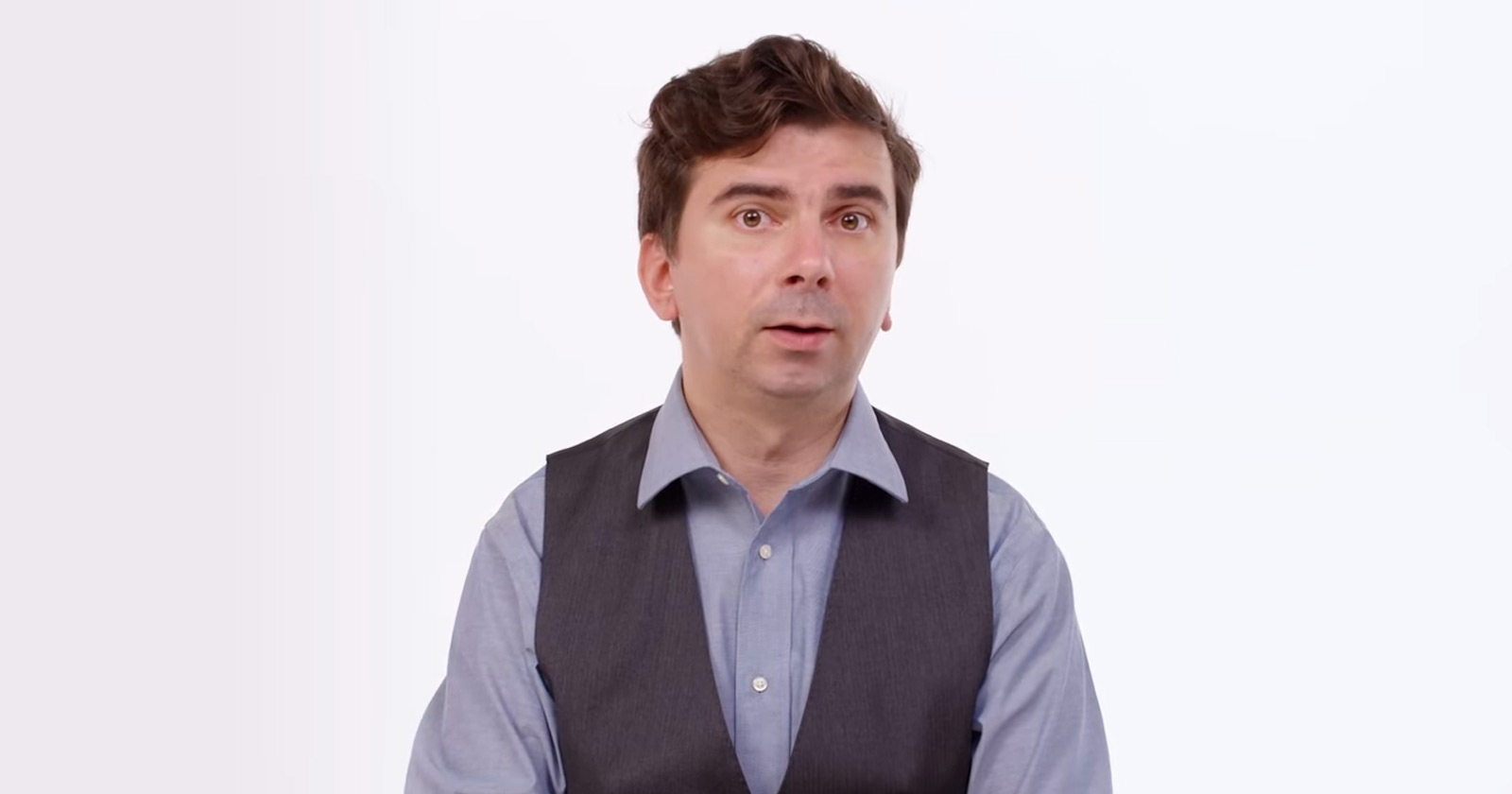Google’s Gary Illyes published an new How Search Works video that gave an inside look into how search queries are interpreted and ranked. Gary’s presentation shows an outline of the ranking process that every SEO should know and understand.
Goal Of Ranking
Gary begins the presentation by emphasizing that the goal in search is to provide results with webpages that are high quality, trustworthy and are relevant.
Later in the video he refines the meaning of the word relevance by emphasizing relevance to the user, which is different than plain semantic relevance. Relevance to the user can mean personalization which can be previous searches, topicality and geolocation. I use the word topicality in the sense of a query being topical, as in trending interest.
Many SEOs are focused on the semantic meaning of words but another way of thinking about relevance is in relation to the user, which can encompass a lot of factors.
Search Query Parsing
Gary next moves on to the first step of how Google ranks webpages which is by interpreting the search query, which begins with cleaning up the search query by removing stop words, identifying entities that need stop words, and query expansion.
Stop words are words like “and”, “in”, “is”, “on”, and “the” that are stripped out of search queries because they appear frequently and don’t add anything meaningful to what the user means. IN general, there’s also a practical reason for removing stop words in that it reduces database bloat and their absence improves processing time.
Gary Illyes mentioned that some phrases need stop words so that’s something they look out for too, using the example of the Statue Of Liberty, where the word “of” is important to the meaning.
Query Expansion
This is the part where search queries are combined with other similar queries, using the example of “car dealership” being the same as “auto dealership” which means that a webpage about one can rank for queries about the other even if the phrase doesn’t appear on the webpage.
Once the query is understood, the parsed query is then sent to the index for ranking
Ranking
Gary says that a large amount of matching webpages are sent to the index to be ranked.
He mentions the following considerations:
- Relevancy to the user
- Hundreds of factors determine relevance
- Webpage content is the most important factor
- Other factors include user location, language and device type
- Quality of the webpage and the site are taken into ranking consideration
- Quality = uniqueness of content
- Relative importance of the page on the Internet
- Surfaced search features are query-dependent
See also: Google Ranking Factors: Systems, Signals, and Page Experience
Relevancy To The User
Gary mentions that the ranking “largely depends on the relevancy of the results to the user” which is a deceptively simple statement that has a lot of meaning. As I mentioned earlier, many SEOs focus on semantic relevance but the part about relevance to the user is super important because search queries have multiple meanings and contexts that go beyond semantic relevance. Gary’s presentation mentions these other ways of understanding relevance to the user.
Important points that he mentions are:
“Hundreds of factors determine relevance…
…actual contents of the page being the most important one,”
…user’s location, language and device type”
That’s not a complete list but it shows how determining relevance is more complex than anchor text, entity analysis, user intent analysis and semantic keyword SEO.
Quality Of Webpages And Sites
It’s interesting that Gary chose to emphasize the uniqueness of the content not just as a quality factor but as an important factor. Many SEOs interpret the word “uniqueness” literally in the sense of a word-for-word duplication of other content. But unique has another meaning in the sense of something being unlike other things altogether.
I see SEOs list the things they do to create high ranking content and it makes me cringe when they include “competitor analysis” as part of that process because that’s the first step in creating content that is similar to what’s already in the search results, based on the idea that this is what Google ranks so let’s give Google more of it. The resulting content can be the exact opposite of unique and not at all what Google is looking for, resulting in the “discovered not indexed” designation in search console.
Uniqueness is something that Googlers have been emphasizing for decades and it’s something to think deeply about.
Related: Google’s Indexing Process: When Is “Quality” Determined?
Search Features
Google shows many different kinds of search features and Gary Illyes says that they’re query dependent, meaning that different queries trigger different features.
He said:
“Based on the user’s query, the Search features that appear on the Search result pages may also change.”
Takeaways
Gary covered a lot of topics in a snack-sized video that belies the importance of the information that was shared in it.
Watch Gary’s presentation:
How Google Search serves pages
Featured image a screenshot of Google’s video/modified by author




